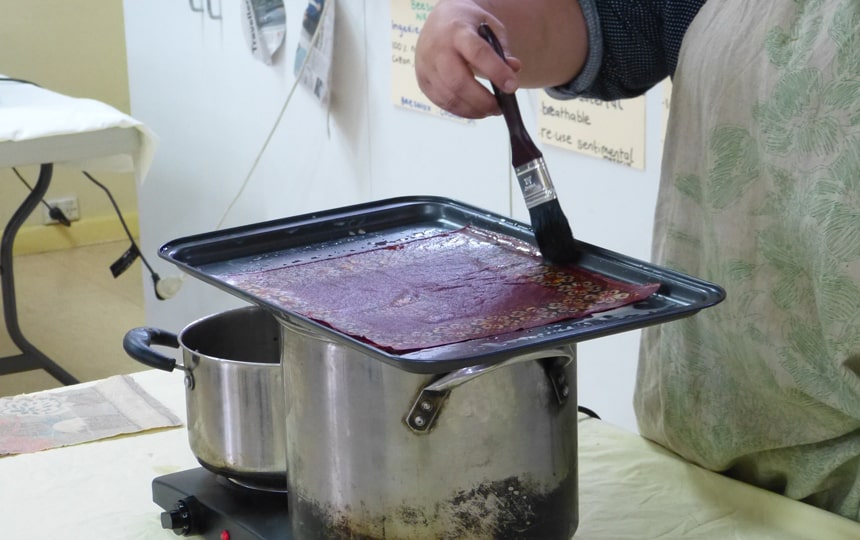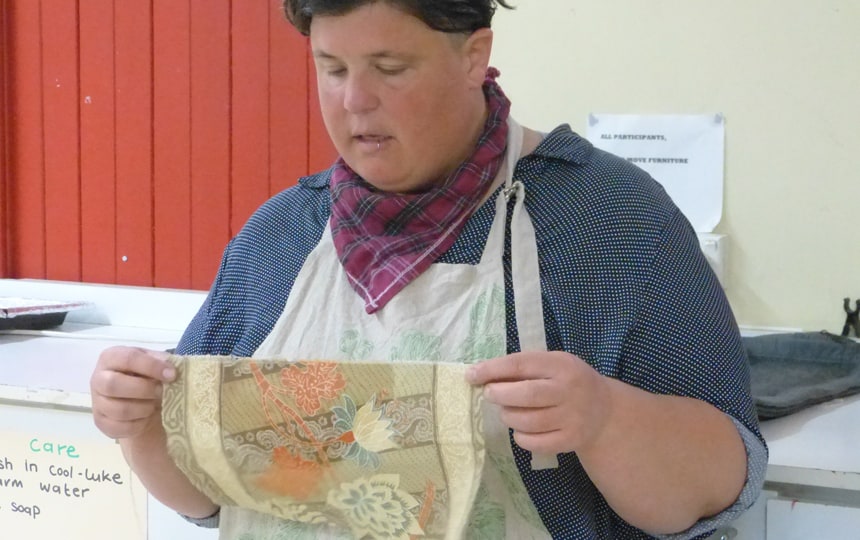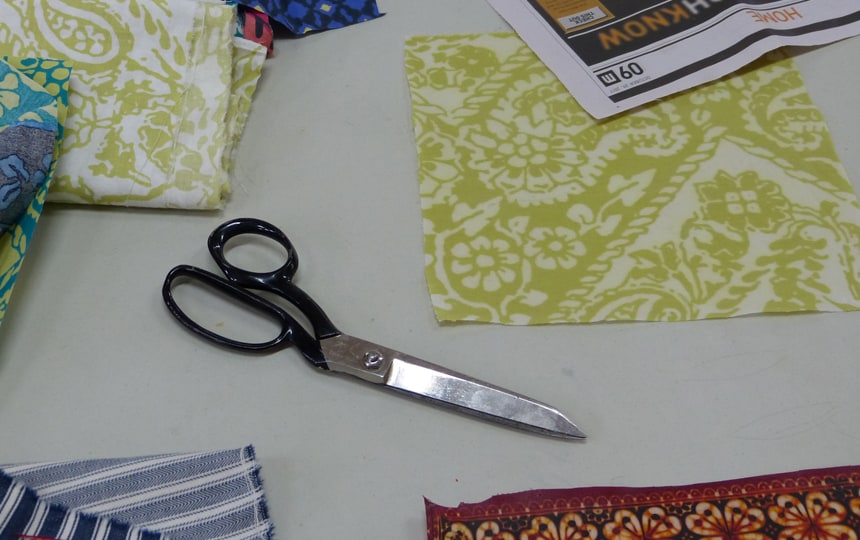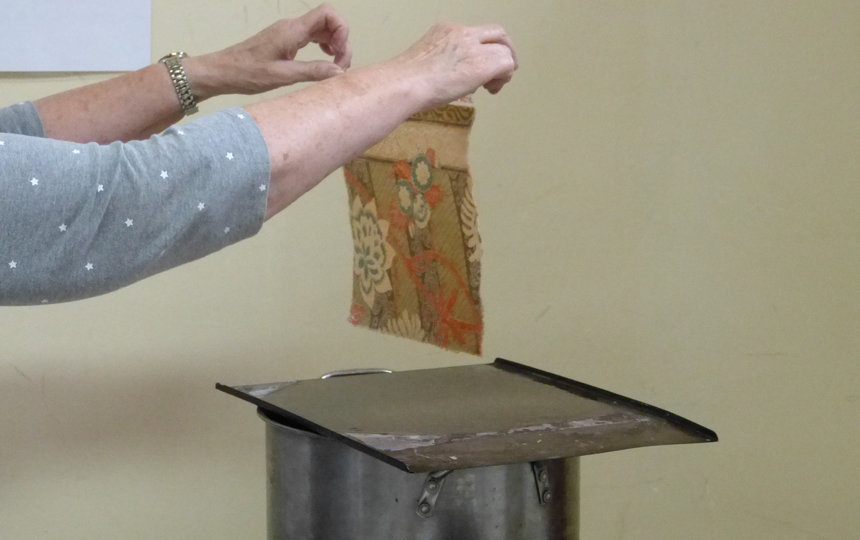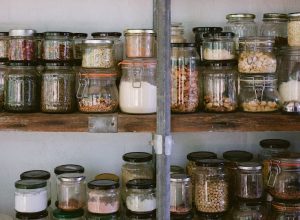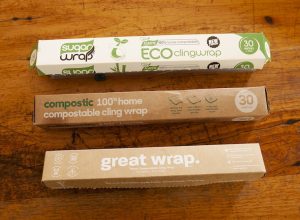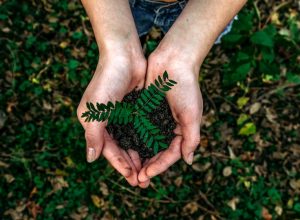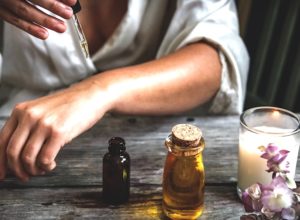It’s time to break up with cling wrap. We show you how to make beeswax wraps instead!
Have you found yourself mystified by these practical zero waste alternatives to cling wrap? Want to learn how to make beeswax wraps but don’t know where to start?
Well, we have a treat for you. This week we got the top secret low-down from Jo Massey of Eco Oddly on her technique for making beeswax wraps. Jo has been wrapping for four years and tried many different techniques before she “evolved” to her current method, which we think is the best.
She didn’t get to that method without trial and error. So we’re here to save you time and show you the best way first up.
Jo has used the grate and bake technique and the dipping method before finally settling on the steaming method which we will show you how to do below.
Environmental benefits of learning how to make beeswax wraps
Of all the different methods, this uses the least wax, resulting in less wastage of resources which is what beeswax wraps are all about. However, the benefits of beeswax wraps go beyond saving plastic wrap from landfill.
Beeswax wraps are naturally antibacterial and breathable which increases the shelf life of food. Which of course, means less food going into landfill. Another great aspect of making your own wraps is the fact that you can preserve fabrics with sentimental value. You can keep a reminder of those favourite clothes long after they have worn out and are no longer wearable.
As you will see below, making wraps is seriously simple and anyone can do it.
Materials
When sourcing materials, think about local and think recycling. Try local beekeepers for wax and scour your local op shops for materials.
This recipe just uses beeswax and coconut oil. Jo has experimented with different ingredients and found this recipe is the most environmentally friendly.
She found that she didn’t really see much difference when using expensive, imported jojoba oil and has simply removed it from her formula to keep the “food miles” of ingredients as low as possible.
She also experimented with resin collected from local eucalyptus trees as the pine resin used in many wraps is imported, but has omitted this from her recipe too as resin is what often makes wraps quite tacky and prone to cracking.
Try vintage and upcycled material for the fabric. These are obviously better for the environment than new fabrics and have the added advantage that much of the dyes have already washed out of them.
A note on the implements you use for this method: It Is best to keep a tray, wax pot and brush specially for the purpose of making wraps. Technically you can clean them of their beeswax, but this will take some serious elbow grease and the resulting wax water can’t be tipped down the drain.
How to make beeswax wraps using the steaming method
You will need:
- Two large pots on two hot plates
- Brush
- Flat baking tray
- Fabric, cut to sizes you want (must fit on your baking tray)
- Beeswax
- Coconut oil
Method:
In the first pot place beeswax and coconut oil in a ratio of 3:1. Keep this pot at a liquified temperature, but ensure it does not get to smoking point.
In the other pot, keep water at a boil.
Place a large flat tray on top of the water pot.
Lay fabric on flat tray, and using paintbrush, paint the fabric with the melted oil/wax mix.
When it’s all covered and begins to look wet lift material up with two fingers and let it dry. It will dry pretty quickly and you’ll be ready to work on your next wrap.
How to care for your beeswax wraps
- Make sure you don’t wash them in hot water, use cool or tepid water instead. You can use a little bit of soap.
- Don’t use wraps with meat.
- Refresh your wraps every six to 12 months. To refresh you just repeat the making.
- If they come to the end of their usable life you can shred them and compost them.
Don’t have time to make your own wraps? Jo’s Eco Oddly wraps are available at Textile Art Community in Melbourne or directly from Jo. Follow Jo on Instragram to keep up to date and attend one of her workshops.You can also purchase beeswax wraps from Pip‘s Marketplace – where we showcase ethical companies producing good quality products that don’t harm the planet, but instead aim to improve it.

